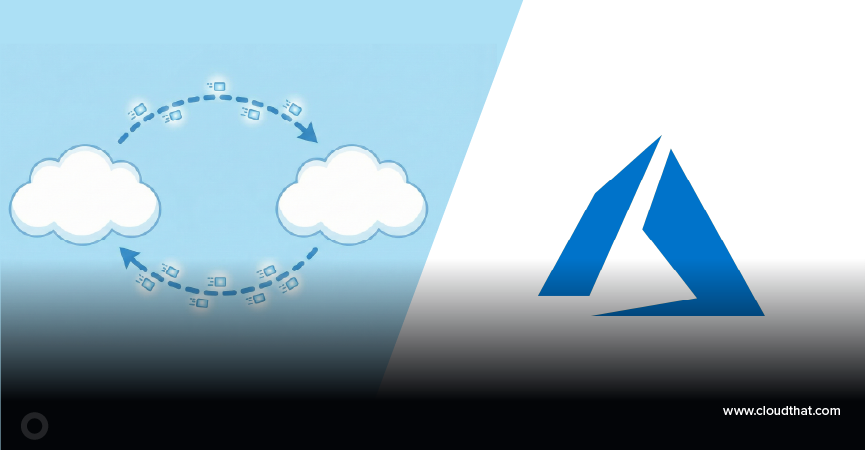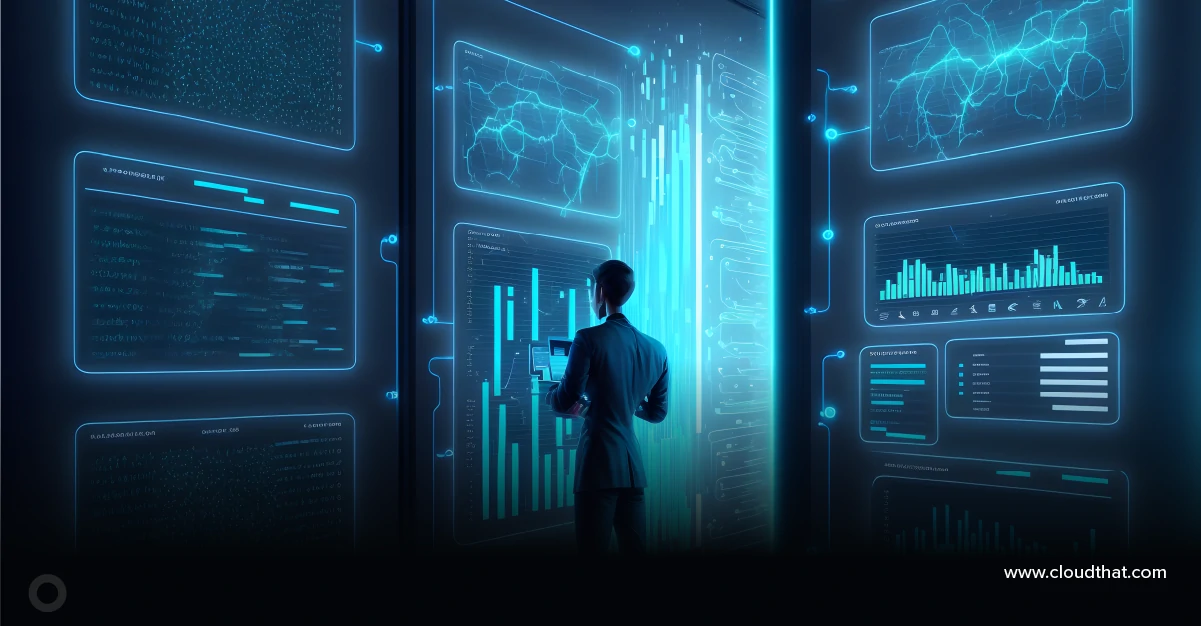|
Voiced by Amazon Polly |
Introduction
In today’s digital age, protecting intellectual property and digital content has become a top priority for businesses and individuals. As digital content becomes increasingly popular, protecting it from unauthorized use and distribution is essential. That’s where Digital Rights Management (DRM) comes in. DRM is a set of technologies that prevent unauthorized access, copying, and distribution of digital content. It’s an essential tool for content creators and publishers who want to protect their digital content and control the usage of their content.
Amazon Web Services (AWS) provides a DRM service that enables you to protect your digital content on the cloud. This blog will explore AWS DRM, how it can help secure digital content and its benefits.
Pioneers in Cloud Consulting & Migration Services
- Reduced infrastructural costs
- Accelerated application deployment
What is AWS DRM?
AWS DRM is a cloud-based digital rights management solution that allows content creators and distributors to protect their digital content from unauthorized access, copying, and distribution. The AWS DRM service is designed to work with a wide range of digital content, including video, audio, and e-books.
How does AWS DRM work?
AWS DRM uses encryption and key management to protect digital content. When content is uploaded to AWS, it is encrypted using industry-standard encryption algorithms. The encryption keys are then managed by AWS Key Management Service (KMS), which ensures that the keys are securely stored and can only be accessed by authorized users.
Once the content is encrypted, AWS DRM issues licenses to authorized users. These licenses are designed to control how the content can be used, specifying things like the number of times it can be viewed, the devices it can be viewed on, and the length of time it can be accessed.
When a user tries to access the content, AWS DRM checks their license to ensure they are authorized to view it. The content is encrypted and made available to the user if the license is valid. If the license is invalid, the user is denied access.
- Encryptor requests keys – The encryptor (e.g., an encoder or packager) sends a request to the key provider with valid credentials.
- The Key provider creates a pair of keys – The key provider creates a pair of keys. A unique pair is created for each encryption request. One key is designated as the ‘encryption’ key, while the other is the ‘decryption’ key. The encryption key is sent to the encryptor.
- Encryptor uses the encryption key – The encryptor uses the encryption key to scramble and obscure the media content. The encrypted media is cached, waiting for a play request from a viewer.
- Viewer logs in to their account – a viewer logs into their account with the content owner/distributor. The content owner/distributor validates the viewer and grants access to the catalog.
- Player requests content – The player requests the content, which arrives encrypted.
- Player requests and receives decryption key – The player sends a request to the key provider (with valid credentials) for the decryption key. After validation, the key provider sends the decryption key to the player, and the viewer can see the media content.
Architecture Diagram

Benefits of AWS DRM
- Strong protection against piracy and unauthorized distribution
AWS DRM provides strong protection against piracy and unauthorized distribution of digital content. The encryption and key management used by AWS DRM ensure that only authorized users can access the content. This makes it much harder for pirates to copy and distribute digital content without permission.
- Flexible license management
AWS DRM provides flexible license management, allowing content creators and distributors to control how their content is used. Licenses can be customized to specify the number of times the content can be viewed, the devices it can be viewed on, and the length of time it can be accessed. This makes it easier for content creators to monetize their digital content and control its use.
- Scalability
AWS DRM is built on AWS’s scalable infrastructure, which can handle large volumes of digital content and users. This makes it an ideal solution for businesses and individuals who must protect much digital content.
- Ease of use
AWS DRM is designed to be easy to use, with a user-friendly interface and simple integration with other AWS services. This makes it easy for businesses and individuals to start with AWS DRM and protect their digital content.
- Cost-effective
AWS DRM is a cost-effective solution for protecting digital content. The service is offered on a pay-as-you-go basis, meaning businesses and individuals only pay for what they use. This makes it an affordable solution for business organizations of all sizes.
Conclusion
AWS DRM provides a robust solution for content creators and distributors looking to protect their digital data from piracy and unauthorized distribution. With strong encryption, flexible license management, scalability, ease of use, and cost-effectiveness, AWS DRM is an ideal solution for businesses and individuals seeking to secure digital content.
Making IT Networks Enterprise-ready – Cloud Management Services
- Accelerated cloud migration
- End-to-end view of the cloud environment
About CloudThat
CloudThat is an award-winning company and the first in India to offer cloud training and consulting services worldwide. As a Microsoft Solutions Partner, AWS Advanced Tier Training Partner, and Google Cloud Platform Partner, CloudThat has empowered over 850,000 professionals through 600+ cloud certifications winning global recognition for its training excellence including 20 MCT Trainers in Microsoft’s Global Top 100 and an impressive 12 awards in the last 8 years. CloudThat specializes in Cloud Migration, Data Platforms, DevOps, IoT, and cutting-edge technologies like Gen AI & AI/ML. It has delivered over 500 consulting projects for 250+ organizations in 30+ countries as it continues to empower professionals and enterprises to thrive in the digital-first world.
FAQs
1. What level of technical expertise is required to implement AWS DRM?
ANS: – Implementing AWS DRM requires a moderate level of technical expertise, including knowledge of encryption, key management, and access control policies. However, AWS offers a range of tools and resources to help simplify the process, and third-party consultants and service providers can assist with implementation.
2. What are some best practices for implementing AWS DRM?
ANS: – Some best practices for implementing AWS DRM include using strong encryption keys, implementing appropriate access control policies, regularly rotating encryption keys, and monitoring access to protected content. Testing the implementation thoroughly and staying updated with the latest security patches and updates are also important.
WRITTEN BY Rajeshwari B Mathapati
Rajeshwari B Mathapati is working as a Research Associate (WAR and Media Services) at CloudThat. She is Google Cloud Associate certified. She is interested in learning new technologies and writing technical blogs.


 Login
Login


 May 29, 2023
May 29, 2023 PREV
PREV











Comments